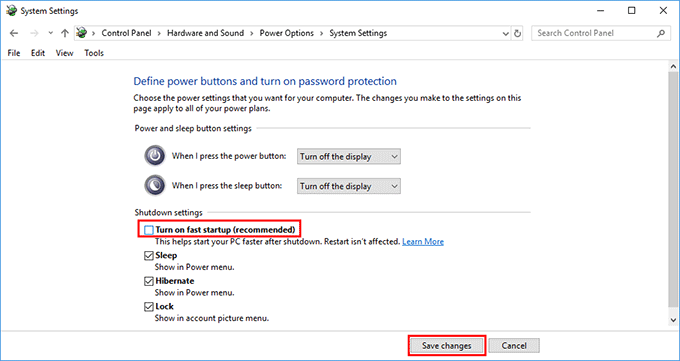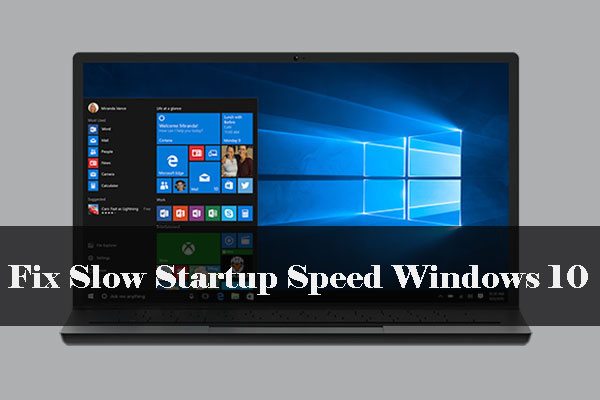
In this post, we will explore four different ways to speed up the thumbnail loading time in Windows 10. Thankfully, the changes are not permanent, and with the right solution, one can rectify this issue quickly. Or, in the worst-case scenario, your system shows the incorrect previews of the files. And that is one of the reasons that Windows File Explorer takes its own sweet time to display the thumbnails. With time, this cache slowly starts bloating as new files are added to the system.

So, when you open a folder, the contents are ready for you to view. In a normal scenario, Windows 10 keeps a cache of the thumbnail files for your files and folders.

That issue is more rampant in systems carrying plenty of media files inside folders. That can turn out to be quite an exasperating affair, especially if you have to locate a few important photos quickly. Hope this helps cheers.Haven’t we all gone through the experience where you sat down to show your recent vacation pictures to your friends, and just as you click on the folder the thumbnails take ages to load on your Windows PC. Also and once you have installed the SSD, enable the "TRIM" command prompt in Win-10 (see how to do that on the web) its very simple, as that also speeds your SSD within Win-10 and makes the SSD operate allot better and more efficiently. Just as a suggestion, I've used Samsung SSD's of both 2.5 inch SATA and M.2 drives for years, as I find them very quick, excellent and very reliable and also, they have a cloning software that is excellent and very simple to use called "Data Migration" and a disk management called "Magician" that tunes your Samsung drives and it simplifies the cloning system and drive management with just a means of installing these softwares. Note: with "Disk cleanup" you also have to clean out unwanted "Update files" that are taking up allot GB's that have been stored by "Windows Update" files so, open Disk cleanup > Cleanup system files as you will have lots of GB's of unwanted files there that frees up allot of disk space. Check "drive 0" and if its a "spinner HDD" then change it and clone your existing operating system to it with a USB 3.0 to SATA cord/pug and do it externally.Īlso, what is the model of this computer? is it a desktop or a laptop? Is it running on Win-10 or other? As there are allot of vriables to why a computer slows down.

By your caption of the "Disk Management" you have a 500GB drive as your boot drive which is "Drive 0" and a slave of 1TB capacity as "Disk 1". Click to expand.Sorry, before I meant look in your "Device Manager" under "Disk drives" (see caption below) it will tell you the exact model number then look that model number up on the web and type in "model number specs" and that will tell you and show you the exact specs of your drives and even show you a caption of the drive.


 0 kommentar(er)
0 kommentar(er)
